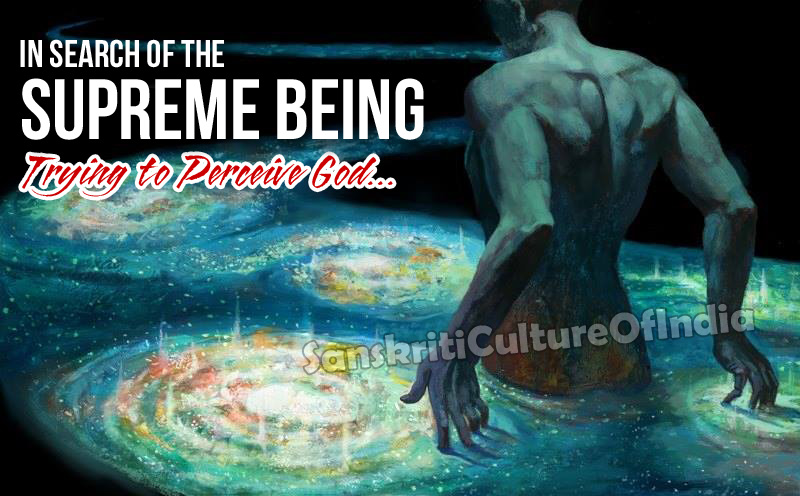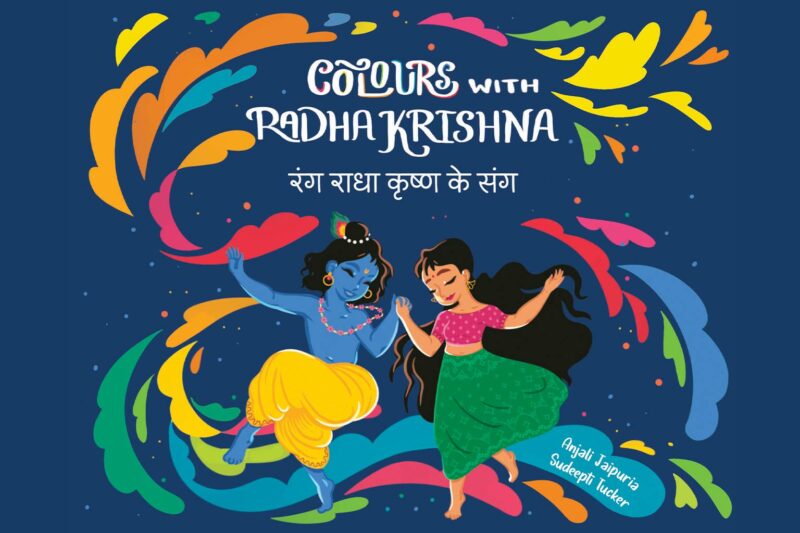Every human being is discontented. We all feel that something is missing. We want more. No matter how much we possess, it is never enough. We are afraid to die. We want to live longer, be healthier, look younger and accumulate more wealth. We want to increase our knowledge and awareness. We want to experience more joy and happiness. All these lead to unbearable restlessness. Ultimately we’re driven towards finding the ultimate reality. We search for spiritual succor, and we become conscious about the existence of God – a Supreme Being, who we call “Brahman.”
What is Brahman?
According to the Vedantas, (the end of the Vedas) Brahman is the ‘impersonal’ God, the Universal Soul, the Supreme Being, and the Absolute Truth. The philosophy of “Advaita Vedanta” (Advaita means monism or non-dualism) – based on the interpretation of the Vedantas by Adi Shankaracharya, who explained the theory of oneness of all creation – sums up the idea of “Brahman” in three short statements:
“Brahma Satyam
Jagan Mithya
Jivo Brahmaiva Na Parah”
This translates roughly as follows:
“God alone is real,
The world is unreal,
The individual is none other than God”
The Nature of Brahman
This means that there is only one supreme reality, a reality called Brahman, the Supreme Being. Brahman is infinite and omnipresent, therefore nothing can be added to it and furthermore, there cannot be a place where he is not. Therefore, Brahman being non-dual in nature, there is no place for the world or man or any creature outside Brahman. It transcends all pairs of opposites and descriptions.
The reality of the world is then relative as opposed to the absolute nature of Brahman. In that sense, and in comparison with Brahman, the world is unreal. By unreal, it is meant illusory, very much like a dream, which has its own subjective reality, but which is illusory compared with the waking state.
The last of the three statements asserts that the true nature of each individual is Brahman. Because of “avidya”, i.e., our original and inherent spiritual ignorance, we have forgotten our true identity and mistakenly believe that we are little, limited individuals.
Describing Brahman
Although Brahman is beyond description, the “rishis” (seers or sages) of yore declared, based on their personal experience, that it can best be described as sat-chit-ananda.
Sat means existence pure and absolute.
Chit means knowledge, or consciousness, pure and absolute.
Ananda means bliss, pure and absolute.
Our true nature is pure existence, knowledge and bliss. We have this knowledge deep within us and therefore we cannot settle for being mortal or experience any type of limitation to our existence, we have an infinite thirst for knowledge and constant yearning to experience joy.
Perceiving God: The Snake & Rope Analogy
A man, let us call him Bob, walks at night on a dark path. All of a sudden, a snake bites him on the leg. The snake is lying on the ground just a few feet from him. Lying on the floor, he weeps in pain, knowing that his life is most likely over. He can feel the poison traveling in his bloodstream and he cries for help.
The nearby farmer hears him, and comes with a flashlight and points it to the snake. Lo and behold, the snake turns out to be nothing more than a rope!
Superimposition: Is Brahman a Reality?
This analogy illustrates the concept of superimposition. Bob, due to his fear of snakes, superimposed a snake upon the rope. He had been touched by a branch, and the sight of the rope was enough to create the imaginary presence of the snake and pain of the venom.
Now the question is – during the incident, was the snake real or unreal? The answer is that, subjectively, the snake was very real to Bob. However, objectively, the presence of the snake was all illusory and created by Bob’s mind.
Similarly, this world has its own subjective reality, but upon dawning of the knowledge of Brahman, this relative reality subsides and only the absolute reality of Brahman remains.
~By Swami Atma











